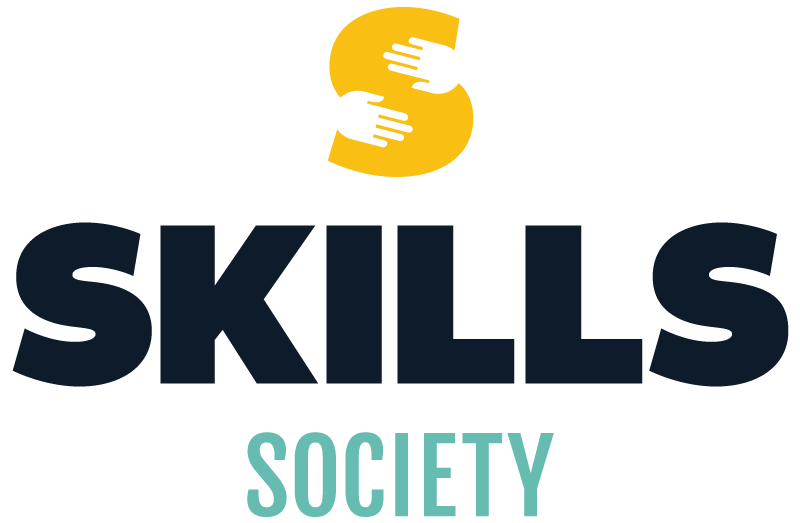Exploring Systemic Design for Social Good
Guest post written by Aleeya Velji ABSI Connect Fellow: ABSI Connect is an initiative to support and enhance the existing strengths and momentum of social innovation in Alberta. Our pursuit is to create an enabling environment for transformative social, economic and environmental change, and to position Alberta as a social impact leader in Canada and abroad. Connect with us! @ABSIconnectabsiconnect.ca
Systemic Design for Social Good
On Friday, September 4th, The Skills Society Action Labrecently came to life when Dr. Alex Ryan a Senior Systems Design Manager from the Government of Alberta brought together over 50 civil servants, non-profit sector leaders, and experts in systemic design to learn about systemic design and how it might help people and organizations tackle complex social challenges.
What is Systemic Design?
"Systemic design brings together the ideas from systems thinking and design thinking. Systems thinking helps practitioners zoom - in on a situation and look between the moving parts - instead of just individual components - and zoom - out to see connections, relationships, flows, networks, and feedback loops. Design thinking begins with stakeholders needs, gives tangible forms to ideas, and tests interventions early and often. When these ideas are combined, systemic design helps navigate complexity, and generates innovative actions to improve a mess." (Department of Energy, Systemic Design Fact Sheet, 2014)
What is the Value of Systemic Design?
"Systemic design helps groups to: visualize complexity from multiple perspectives, create shared frames of reference, surface core assumptions, and find opportunities in complexity by reframing the mess. This enables diverse groups to co-create tangible improvements to the situation. By undertaking this on the front-end of a project, systemic design generates robust options for decision makers." (Department of Energy, Systemic Design Fact Sheet, 2014)
The afternoon with Dr. Alex Ryan offered opportunities to celebrate the interplay between theory and practice. Participants set out on an experiential journey to tackle policy problems with various systems mapping and design exercises. As we worked through our empathy map, the room filled up with chatter, laughter, and learning – appropriate within an interconnected space that uses design and comfort to forge opportunities for creative thinking. While working through diverse social issues, we began exploring balanced policy and the focus shifted! It transformed from what policy makers desire for society towards a community centered approach. Such an approach brings the citizen to the centre of policy formation. In turn, this inspires a shared understanding that community facing and community informed policy development can support transformational change.
A-ha Moments: Top 5 Lessons Learned
The Watering Hole Analogy - Where we can begin to develop a vibrant place and space that invites us to gather to nurture and cultivate social innovation together.
Weaving Narrative into Policy - The value of narrative as a generative tool for understanding a problem. Thinking about narrative as supportive to policy making and where it can be used to produce effective outcomes.
Community Centred Policy - Stretching and expanding how we see people’s lives in the system.
Diminishing Knowledge Gaps - Closing the gaps between levels of knowledge within departments whereby integration of processes becomes naturally embedded into daily work.
Documenting Change Outcomes - Tracking how systems originally existed, observing the process of introducing a systems change, and consciously documenting how the outcome indicates transformational change.
Further Exploration
Action Lab Space: To explore what is happening at the Action Lab check out: The Action Lab webpage and the hashtag #actionlabyeg on twitter.
Citizen Action Lab Think Tank: To learn how Skills Society has been intersecting systems thinking, design and striving to co-create citizen centered services for people with disabilities check out their creative think tank process called The Citizen Action Lab. Video in the link
Relation Systems Thinking and Design RSD5: To learn more about the emerging field of systemic design be sure to check out the Systemic Design website and stay tuned for information on the world conference on systemic design called RSD5 happening in Toronto Canada next year in the fall of 2016.







